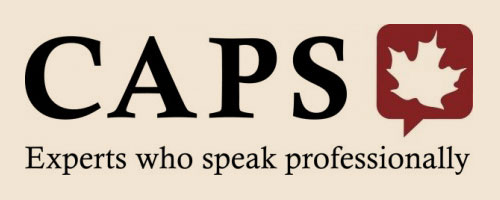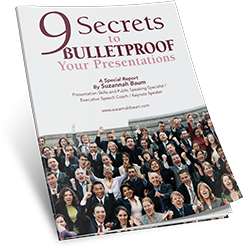He Can Tweet – But How Does He Speak?
Evan Williams is one of the co-founders of Twitter. As a result, he’s probably invited to speak to tell his story and share his insights to all sorts of audiences. So how did he do in this 7-minute speech at TED? Let’s take a quick look at what was good, and what needs to be improved the next time he takes the stage.
WHAT HE DID WELL:
Introduction: He wasted no time, and went straight into the speech with a personal story about the origins of Twitter. The story was interesting enough, and was an effective way to start the speech.
Transitions and photos: He made an obvious transition out of the introduction and into the ‘body’ of the speech with the facts of what Twitter is and how it’s used. The photos and images used backed up his points and the accompanying stories extremely well.
WHAT CAN BE IMPROVED:
Smile and enthusiasm: We can assume that since Evan co-founded the company, he is passionate about the topic. So he should look passionate about it. Smile! Be excited! Lose the serious face. As an added bonus, smiling would have made him look more relaxed and confident.
Movement and eye contact: Evan spoke on a big stage with lots of room to move, but he stayed rooted at the centre of it. He took a step forward, a step back, and steps from side-to-side, but there was not a lot of purpose to his movements. He could have used the space more effectively by “working the stage,” i.e. walking from one end of the stage to the other, and making eye contact with people at all sides of the room. And regarding eye contact, on a scale of 1 to 10, I would have rated it around 7.5 — it’s another area of his speaking style that can be improved.
Conclusion: The conclusion started well enough. Following a pause, Evan said “I have no idea what will happen next with Twitter. » Interesting. Tell me more. « I’ve learned to follow the hunch but never assume where it’ll go. Thank you. » Hmmm… That was a little anti-climactic. The speech content was quite strong, and really could have benefited from a more stirring conclusion. The purpose of a conclusion is to wrap up the main points of the speech, and leave the audience with something to remember. Next time, if he adds a few more concluding sentences that help the speech end with greater impact, it would probably have made a stronger impression.
Overall, Evan’s content is solid. His advantage is that he’s the co-founder of one of the hottest companies around, and will likely have many more opportunities to sharpen his speaking style. Once he adds more spark to his delivery, his audiences will be begging him for more!
What did you think of Evan’s speech? Leave your comments below.



